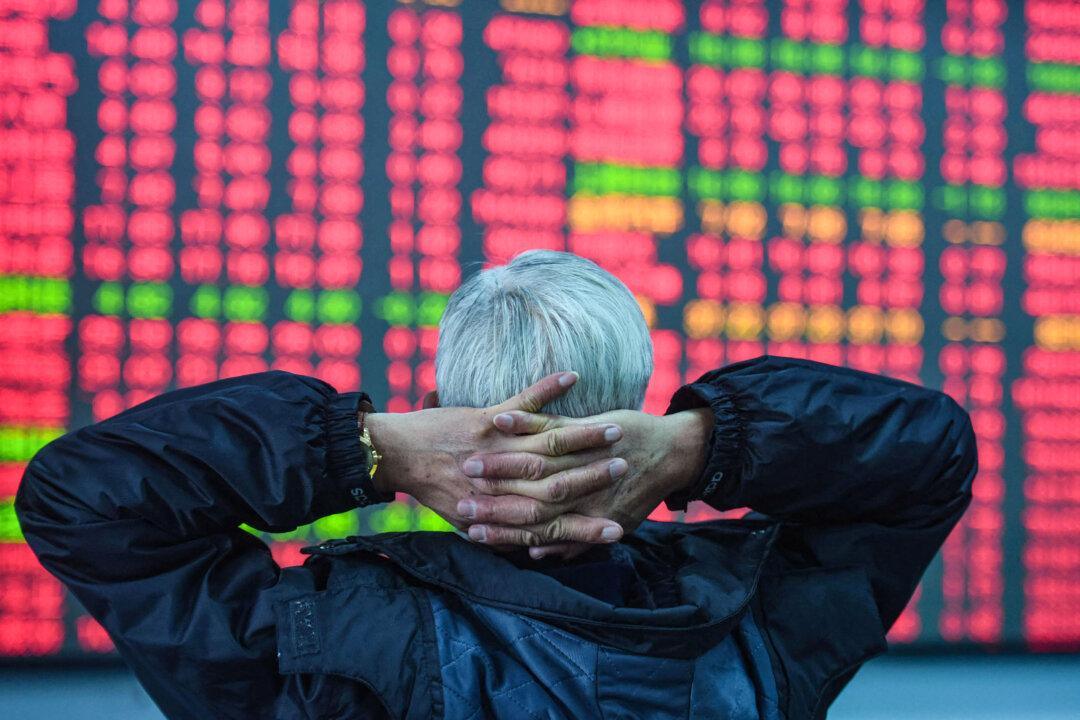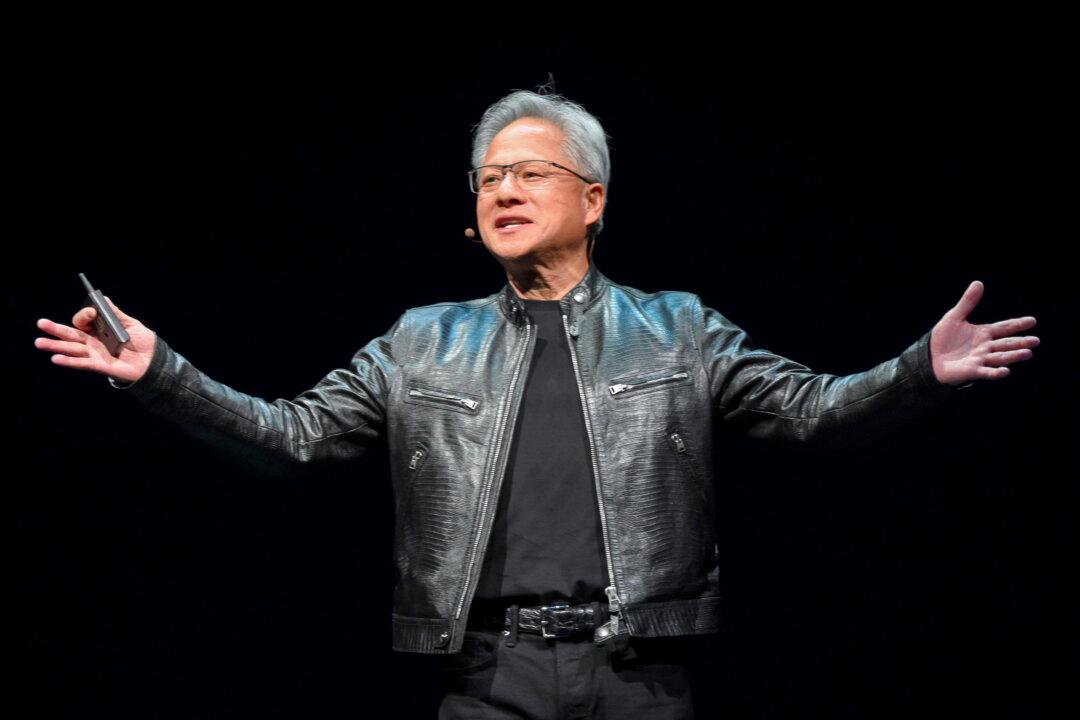Former adversaries, the United States and Vietnam, have put aside differences and elevated their relationship to a comprehensive strategic partnership. Negotiations are underway for a significant sale of military hardware from the United States to Vietnam. This potential arms agreement has raised serious concerns for the Chinese Communist Party (CCP).
Recent news about the U.S.–Vietnam negotiations suggests the Biden administration is considering the largest-ever arms sale between the two nations since their diplomatic relations were established. This could include the sale of F-16 fighter jets to bolster the upgraded partnership between the two countries. The agreement is anticipated to be finalized in 2024.





